You must be applying eye vaccine (nazar ka teeka) to protect your darling from the evil eye, but following the rules of hygiene is also very important for his health.
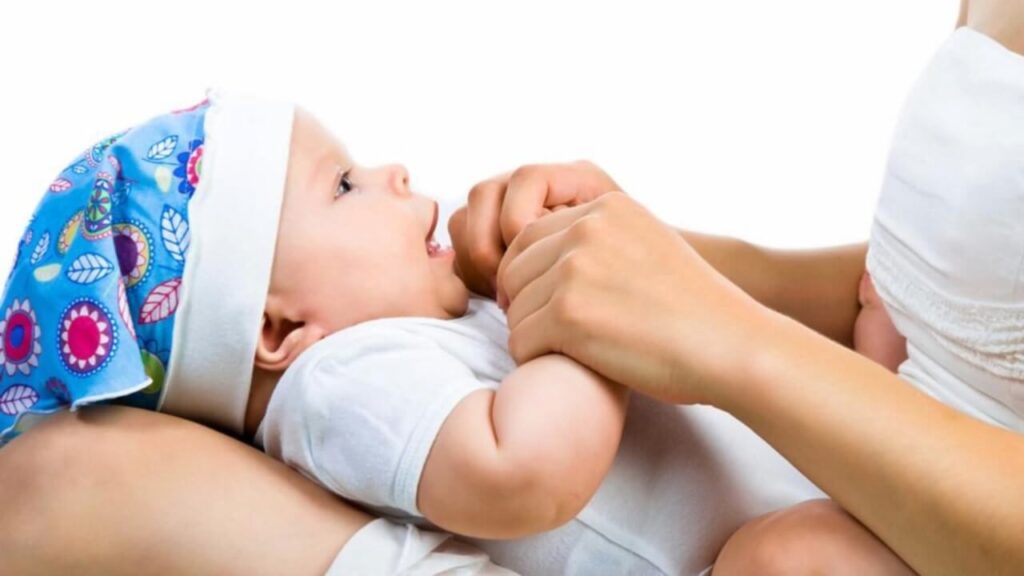
The weak immunity of a newborn baby makes him fall ill again and again. In such a situation, colds, coughs and fevers are common.
Many times, the reason behind a child falling sick again and again is lack of hygiene. In such a situation, it is important to take care of cleanliness to keep your darling healthy.
For this, you should follow some special hygiene rules, which will not only keep it healthy but will also be convenient for you.
This cleanliness not only keeps him away from germs but also relieves him from dust allergy. It is not anyone else’s responsibility to ensure cleanliness in the house and take care of the health of the child, but it is yours as the mother.
In such a situation, it is very important for you to keep some things in mind to keep your baby healthy.


Must Wash Hands:
Although your baby is completely safe inside the house, you must follow the hygiene rules at home. Take special care of your cleanliness while staying at home.
Pediatricians say that there are many types of germs in our hands, which can cause a cold, cough, and fever in the child, so before taking the child in your lap, wash hands with soap and water for 20 seconds.
Wash your hands before feeding the child or changing the diaper. If you are not washing hands, then definitely use sanitizer.

Let’s delve into the importance of hand hygiene for your baby. 🌟
Why Hand Hygiene Matters:
- Germs Everywhere: Our hands come into contact with various surfaces throughout the day, and they can harbor harmful germs. Even when we’re indoors, these germs can be present on doorknobs, toys, and other objects.
- Transmission Risk: Babies have developing immune systems, making them more susceptible to infections. When you touch your baby without clean hands, you risk transferring these germs to them.
- Common Illnesses: Germs on hands can cause common illnesses like colds, coughs, and fevers in babies.
Hygiene Practices at Home:
- Handwashing: Wash your hands thoroughly with soap and water for at least 20 seconds before touching your baby. Pay attention to areas like between fingers and under nails.
- Before Holding Your Baby: Always wash your hands before picking up your little one. This reduces the risk of germ transmission.
- Before Feeding: Whether breastfeeding or bottle-feeding, clean hands are essential. Germs on your hands can transfer to the feeding equipment or your baby’s mouth.
- Diaper Changes: Wash your hands before and after changing your baby’s diaper. Diaper changes involve direct contact with sensitive areas, so cleanliness is crucial.
- Use Sanitizer: If soap and water aren’t available, use an alcohol-based hand sanitizer. Ensure it contains at least 60% alcohol. Rub it on your hands until dry.
Remember, maintaining good hygiene not only protects your baby but also promotes overall health within the household. 😊👶🧼
Cleaning of Clothes:
Yes, when you have a small child at home, then take special care of the cleanliness of clothes with all precautions. Baby’s clothes should always be clean and completely dry.
Apart from this, it is important that the mother’s clothes are also clean.
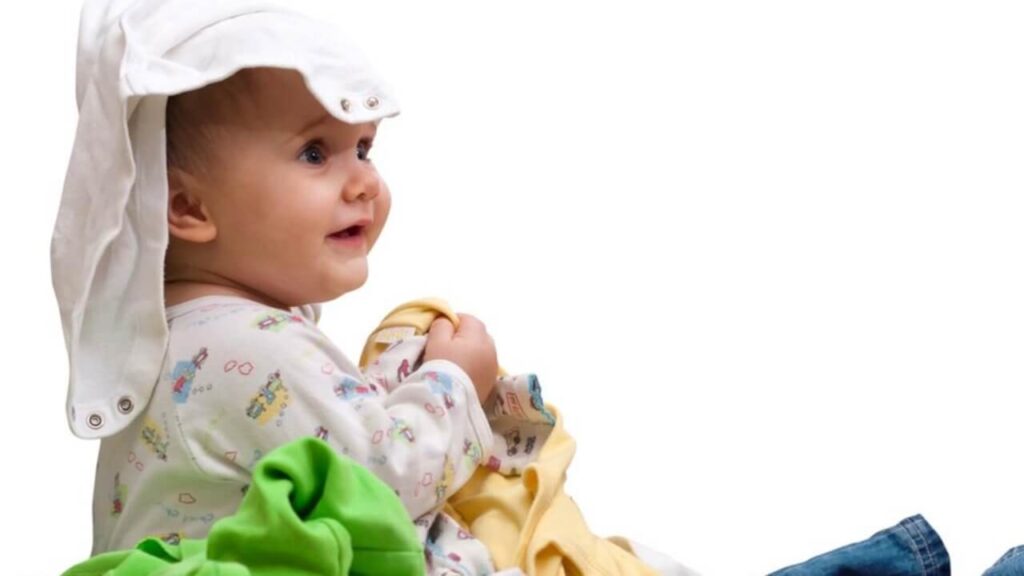
Let’s delve into the importance of clothing hygiene for both babies and mothers. 👶👚
Baby’s Clothes:
- Cleanliness: Regularly wash your baby’s clothes to remove dirt, sweat, and any spills. Babies have sensitive skin, so clean clothes help prevent skin irritation.
- Drying: Ensure that baby clothes are completely dry before dressing your little one. Damp clothes can lead to discomfort and even skin issues.
- Stains: Treat stains promptly. Use mild baby-friendly stain removers or natural alternatives like lemon juice or baking soda.
- Separate Laundry: Wash baby clothes separately from adult laundry. Use a gentle detergent suitable for baby clothes.
Mother’s Clothes:
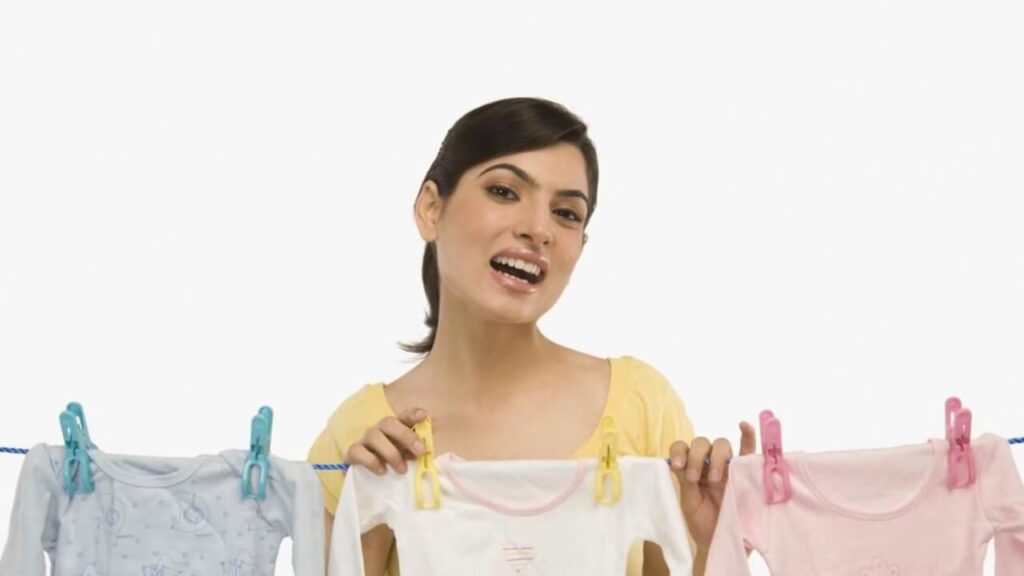
- Clean Hands: Before handling baby clothes, wash your hands thoroughly. This prevents transferring germs to the clothes.
- Breastfeeding: If you’re breastfeeding, keep your nursing tops and bras clean. Regular washing prevents milk residue buildup.
- Postpartum Hygiene: After childbirth, pay attention to your own hygiene. Change sanitary pads frequently and wash undergarments thoroughly.
- Comfortable Clothing: Choose comfortable, breathable fabrics for yourself. Clean clothes contribute to overall well-being.
Remember, maintaining cleanliness in clothing benefits both baby and mother. 🌟🧺
Care of Diaper:
Always take care of the baby’s diaper and keep changing it when needed.
Always clean the baby’s body parts with wipes and tissues, so that he remains away from the risk of infection.
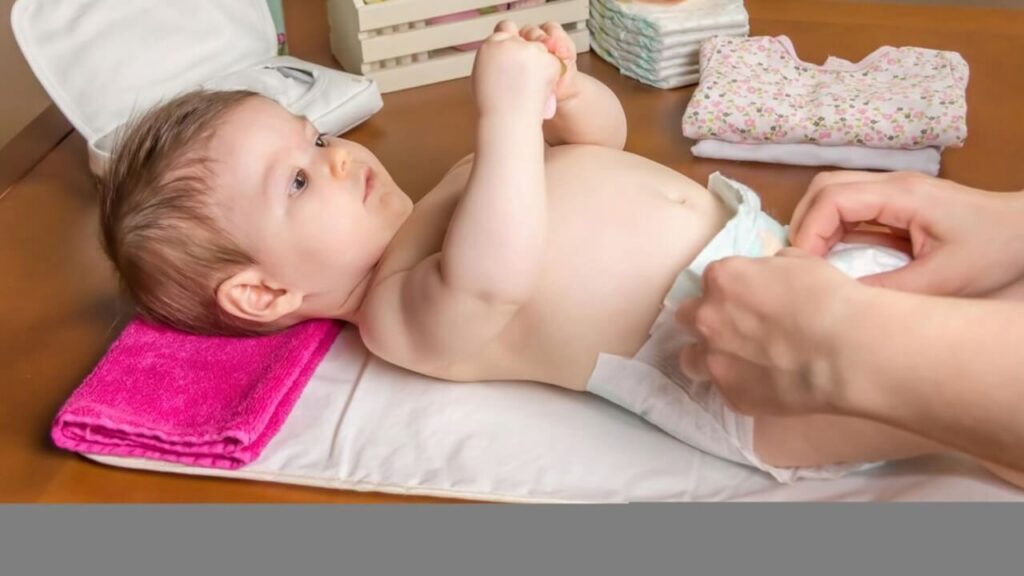
Let’s discuss the essential aspects of diaper care for your baby. 👶🧻
Diaper Care:
- Frequent Changes: Regularly change your baby’s diaper to prevent discomfort and skin irritation. Wet or soiled diapers can lead to rashes.
- Clean Wipes: Use gentle baby wipes or soft tissues to clean your baby’s bottom during diaper changes. Wipe from front to back to avoid spreading germs.
- Pat Dry: After cleaning, gently pat the diaper area dry with a clean cloth. Avoid rubbing, as it can irritate the skin.
- Diaper Rash Cream: Apply a thin layer of diaper rash cream to protect your baby’s skin. Look for products with zinc oxide or petroleum jelly.
- Breathable Diapers: Choose breathable, absorbent diapers. Ensure a snug fit without being too tight.
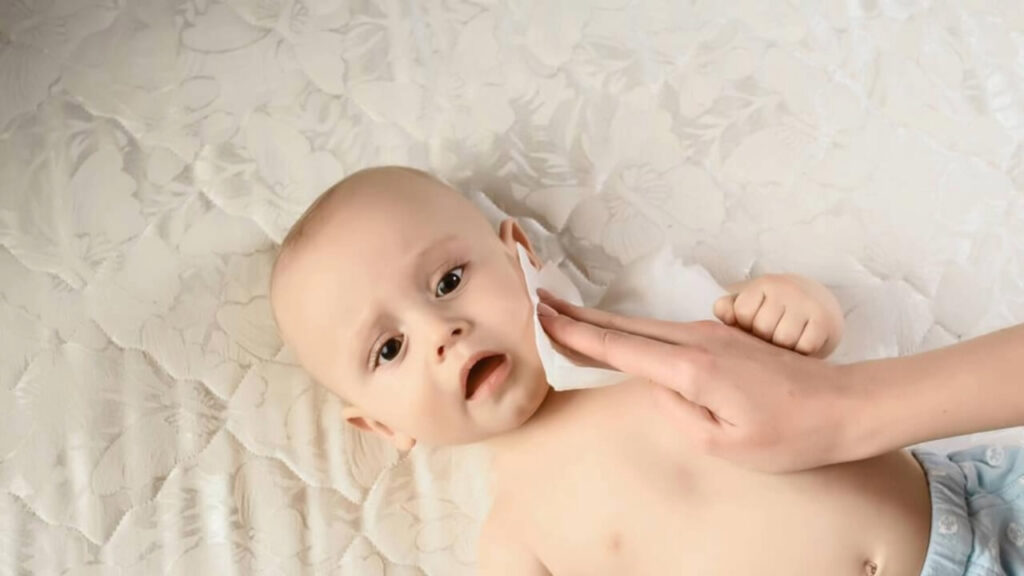
Remember, proper diaper care helps keep your baby comfortable and reduces the risk of infections. 🌟👶🩺
Child’s Nails:
As the child’s nails grow, the risk of bacterial infection increases. Nails are full of dirt, which can make the child sick. Therefore, the nails of both mother and child should be short.
But take special care while cutting your child’s nails. Cut nails only when he sleeps; cutting nails when he is awake can be difficult for you.

Let’s discuss the importance of nail care for both the child and the mother. 👶💅
Child’s Nails:
- Risk of Infection: As a child’s nails grow, they can accumulate dirt and bacteria. Keeping their nails short reduces the risk of infections.
- Regular Trimming: Trim your child’s nails regularly to prevent scratching themselves or others. Use baby-safe nail clippers or scissors.
- Cut During Sleep: Cutting your child’s nails while they’re asleep can be easier. Their hands are less active, reducing the risk of accidental cuts.
Mother’s Nails:
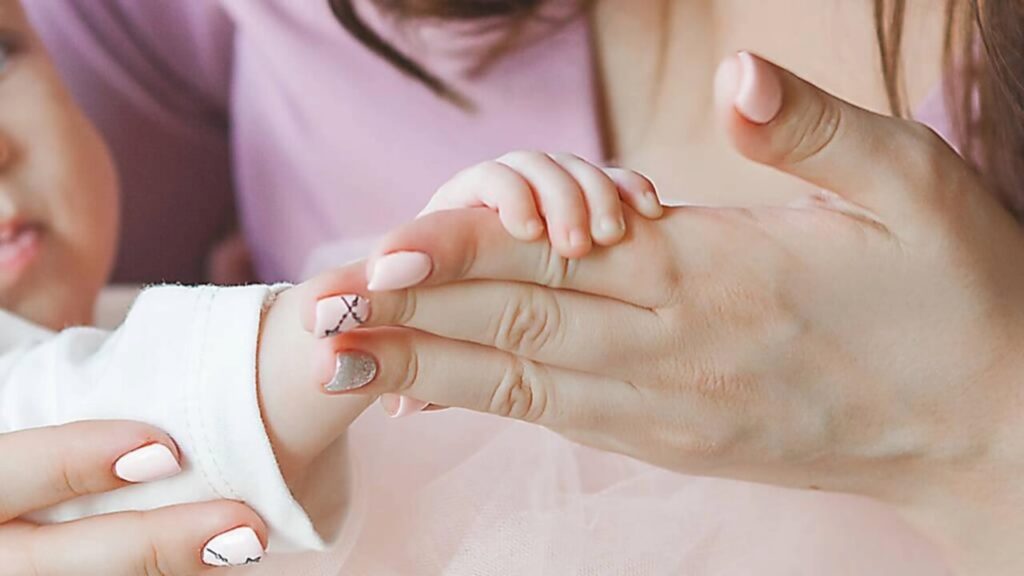
- Hygiene: Clean and trim your own nails regularly. This prevents transferring germs to your child during feeding or cuddling.
- Avoid Long Nails: Long nails can harbor dirt and bacteria. Short nails are easier to maintain and keep clean.
Remember, maintaining short, clean nails contributes to overall hygiene and well-being. 🌟👶💕
Adequate Distance is Also Good:
During Corona, there was often talk of social distancing. At that time, social distancing was always practiced. This practice still needs to be continued with the child.
For this, you should keep following it for some time after the birth of the child. According to doctors, people coming from outside should not kiss his cheeks and hands. This increases the risk of infection.
In this way, you can keep your child away from diseases by following social distancing.
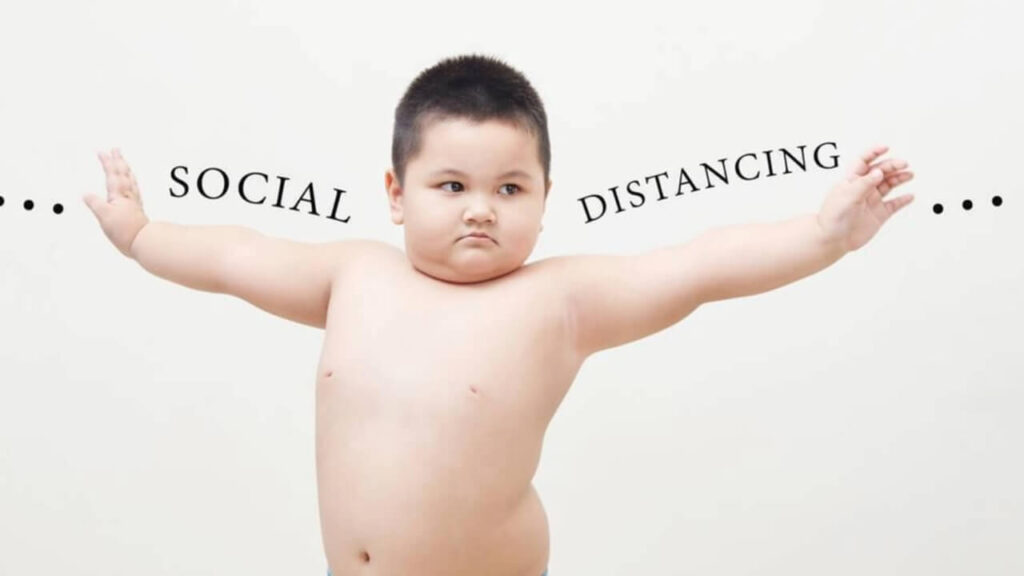
Maintaining an adequate distance, especially during the ongoing pandemic, remains crucial for your child’s well-being. 🌟
Why Social Distancing Matters:
- Reducing Transmission: Social distancing helps prevent the spread of infections, including COVID-19.
- Protecting Vulnerable Individuals: Babies have developing immune systems, so minimizing exposure to germs is essential.
Practical Steps:
- Avoid Cheek and Hand Kisses: While it’s natural to show affection, avoid kissing your child’s cheeks and hands, especially if people from outside have interacted with them. This minimizes the risk of infection transmission.
- Limit Close Contact: When others visit, maintain a safe distance. Encourage them to wash their hands before touching the baby.
- Hand Hygiene: Regularly wash your own hands and encourage visitors to do the same. Clean hands reduce the risk of germ transfer.
Remember, following social distancing guidelines helps protect your child’s health. 🌟👶🤗
No Entry for Slippers
Do not allow slippers from outside to enter the child’s room. According to experts, slippers coming from outside contain dust, dirt and germs, which make children sick. Many times, shoes and slippers coming from outside appear clean, but they contain dirt, so keep the baby away from them. Keep dirty clothes, door mats or dustbins away from your baby.
Let’s discuss the importance of keeping slippers and shoes from outside away from your child’s room. 👶👟
Why No Entry for Slippers Matters:
- Dirt and Germs: Slippers and shoes worn outside can carry dirt, dust, and germs. These particles can be harmful to your child’s health.
- Hidden Contaminants: Even seemingly clean slippers may harbor invisible dirt or bacteria. It’s best to err on the side of caution.
- Preventing Infections: By keeping slippers out of the child’s room, you reduce the risk of infections and maintain a cleaner environment.
Practical Steps:
- Designated Area: Set up a designated area near the entrance for shoes and slippers. Encourage everyone to leave them there.
- Regular Cleaning: Clean the area where shoes are kept to prevent dust buildup.
- Door Mats and Dustbins: Place door mats outside to trap dirt, and keep dustbins away from the child’s play or sleep area.
Remember, maintaining cleanliness around your child helps promote their well-being. 🌟👶🏠


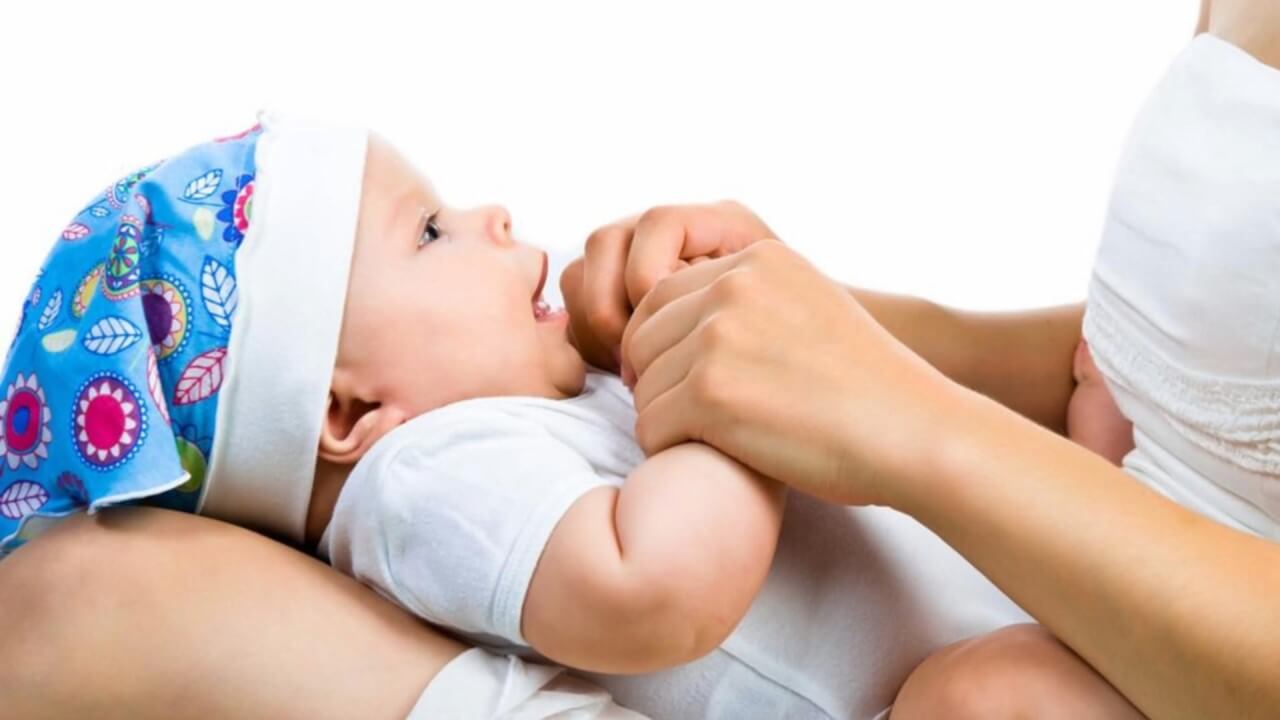
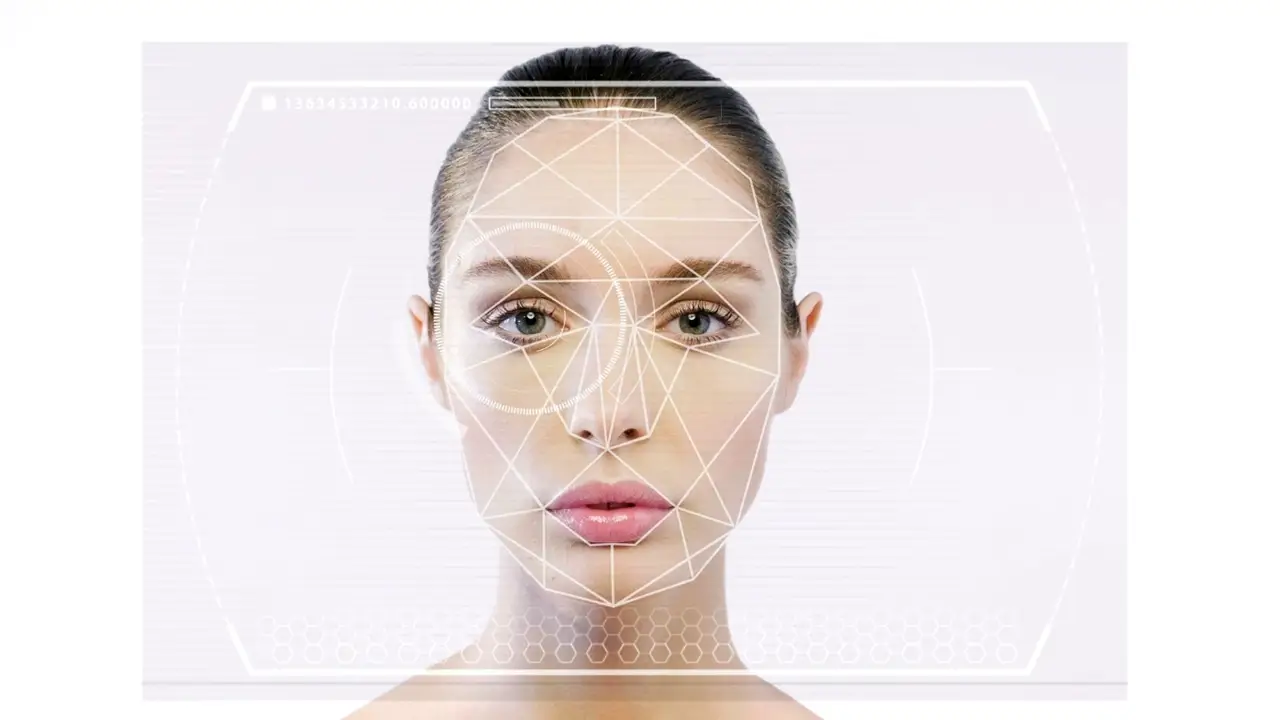
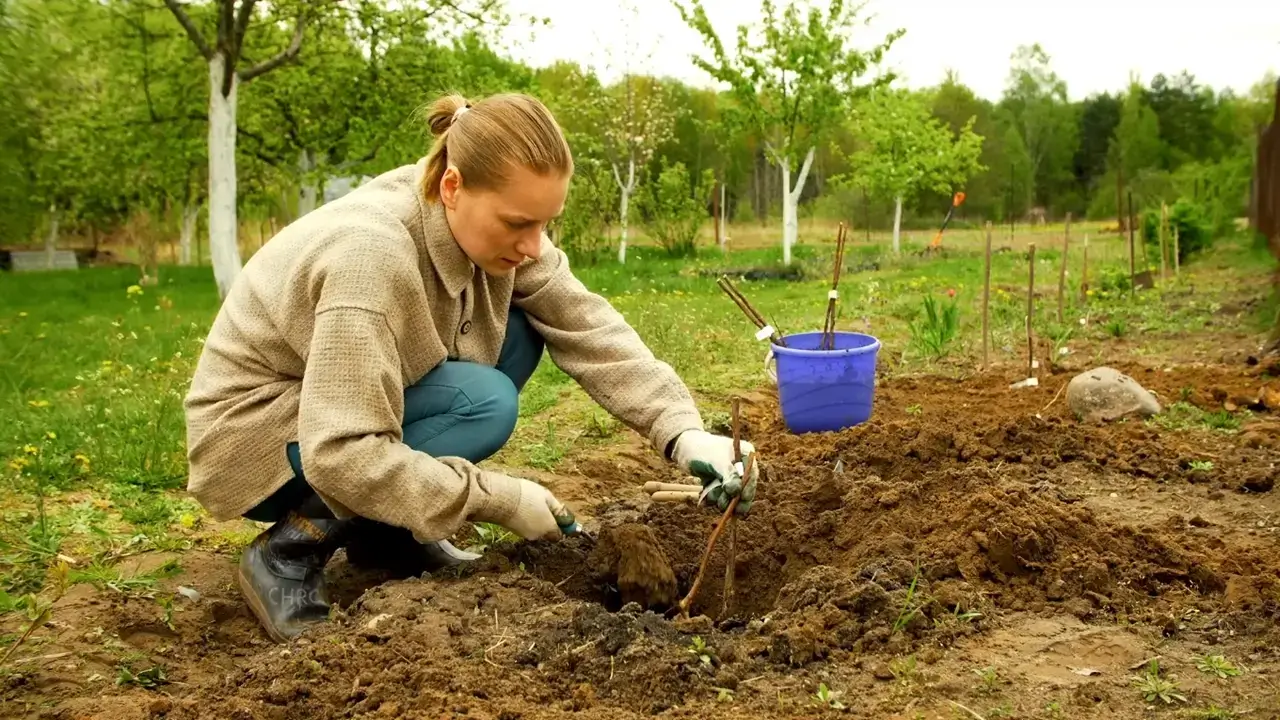

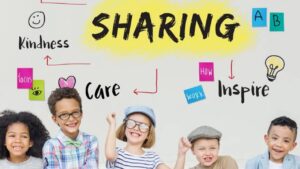

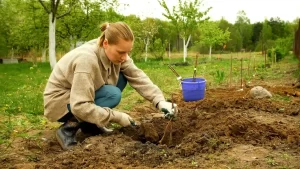
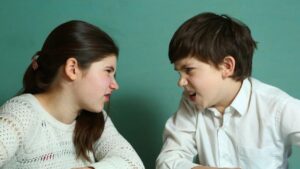

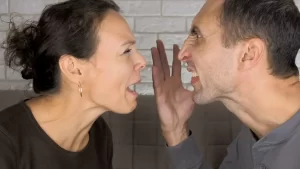







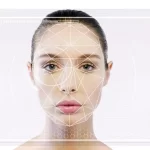
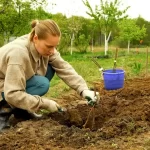


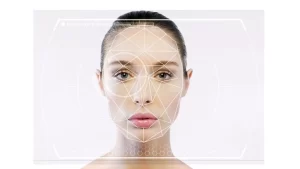


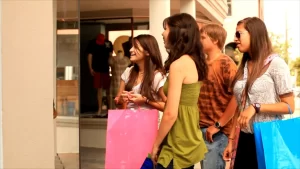
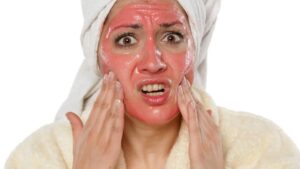


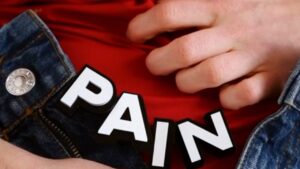

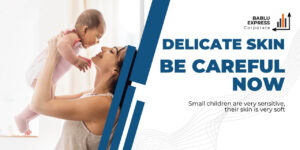
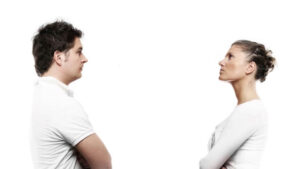
This design is steller! You most certainly know how to keep a reader amused. Between your wit and your videos, I was almost moved to start my own blog (well, almost…HaHa!) Great job. I really loved what you had to say, and more than that, how you presented it. Too cool!
Thank you for every other informative website. Where else could I am getting that kind of information written in such a perfect approach? I’ve a venture that I am simply now operating on, and I have been on the look out for such info.
Hurrah, that’s what I wass lookikng for, whnat a data!
present here at thiis blog, thanks adminn off this webb page.
he blog was how do i say it… relevant, finally something that helped me. Thanks
I like this website because so much utile stuff on here : D.
Thank you for another informative website. Where else could I am getting that type of info written in such an ideal approach? I’ve a mission that I’m just now operating on, and I have been at the glance out for such info.
Very interesting details you have observed, appreciate it for putting up. “Above all be true to yourself, and if you can not put your heart in it, take yourself out of it.” by Hardy D. Jackson.
That is the fitting blog for anyone who desires to search out out about this topic. You notice so much its nearly hard to argue with you (not that I really would need…HaHa). You undoubtedly put a brand new spin on a topic thats been written about for years. Nice stuff, simply nice!
Hi, just required you to know I he added your site to my Google bookmarks due to your layout. But seriously, I believe your internet site has 1 in the freshest theme I??ve came across. It extremely helps make reading your blog significantly easier.
As I website owner I think the subject matter here is real great, regards for your efforts.
Good info. Lucky me I reach on your website by accident, I bookmarked it.
Would you be fascinated about exchanging hyperlinks?
I’ll right away take hold of your rss feed as I can not to find your email subscription hyperlink or newsletter service. Do you have any? Kindly allow me know in order that I could subscribe. Thanks.
You actually make it seem so easy with your presentation but I find this topic to be really something that I think I would never understand. It seems too complicated and very broad for me. I am looking forward for your next post, I’ll try to get the hang of it!
XTyoJOBgp